New approaches to air defense. Combat lasers against UAVs
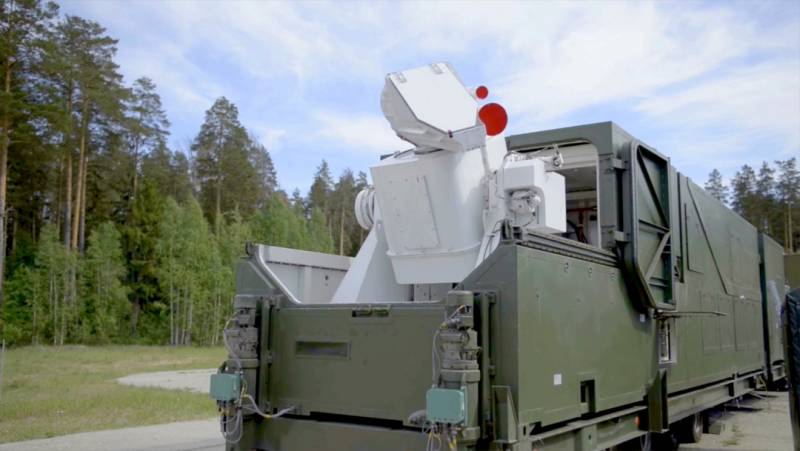
Combat laser "Peresvet". Equipment of this class can hit UAVs and other air targets. Photo by the Ministry of Defense of the Russian Federation
Various means can be used to suppress or destroy unmanned aerial vehicles of different classes. Now such tasks are solved with the help of receiver and missile systems or electronic warfare systems. In addition, combat lasers with different characteristics, in one form or another, have great potential in this context. The first samples of this kind have already been created and are being tested, incl. in real combat conditions.
Unmanned targets
The current Special Operation has once again shown the importance and value of the unmanned aviation for the modern army. With the help of UAVs of almost all existing classes, a wide range of tasks of various kinds is solved. The enemy also has a similar technique, which requires appropriate measures, and also helps to gain the necessary experience.
Ukrainian formations now have at their disposal a wide range of UAVs of different classes and models, manufactured domestically or coming from abroad. In different situations, small and light copters of commercial models with optics, reconnaissance small and medium-sized aircraft-type vehicles, etc. are used. In the past, heavy reconnaissance and strike systems with guided weapons were used quite actively. In addition, in recent months there has been a proliferation Drones-kamikaze based on light platforms.
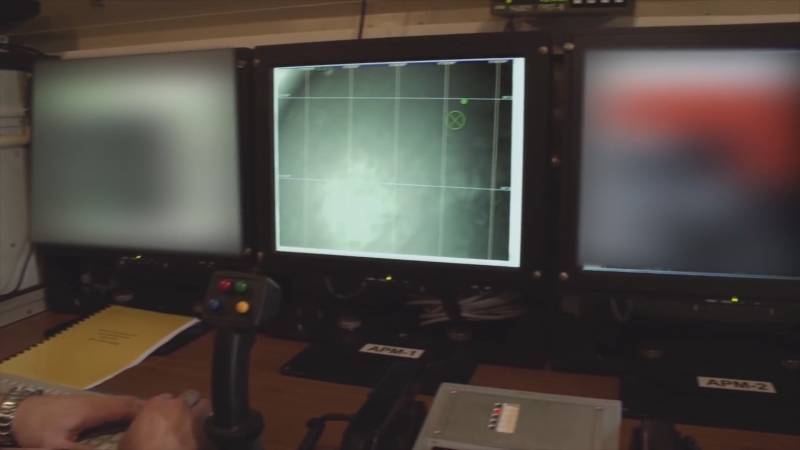
The workplace of the operator "Peresvet". Photo by the Ministry of Defense of the Russian Federation
Regardless of class and purpose, the bulk of Ukrainian - and foreign in general - UAVs have a number of common features. So, almost all devices have certain optical systems for observation, search for targets and reconnaissance. In addition, various plastics and composites are widely used in the manufacture of their structural elements. Moreover, there are even samples of foam board.
To combat enemy UAVs, the Russian army uses various means, from various electronic warfare systems to anti-aircraft systems. Jamming stations, portable or full size, jam communication channels and/or signals from navigation satellites. Anti-aircraft missiles, artillery or even small arms weapon, in turn, simply destroy the air target.
Based on new principles
It is easy to see that the common characteristic features of most enemy UAVs, in theory, allow the use of other means of destruction. Combat laser systems of various kinds can play this role. Moreover, such equipment has already been created and even tested in the zone of the Special Operation.
One of the most effective means of combating enemy optical devices, incl. cameras on UAVs are considered lasers. Pointing a laser beam of sufficient power at the lens can interfere with observation, temporarily disable the optical sensor, or even burn it. Similar laser suppression systems are being created in different countries and, at a minimum, are being tested. Some samples are already in operation.
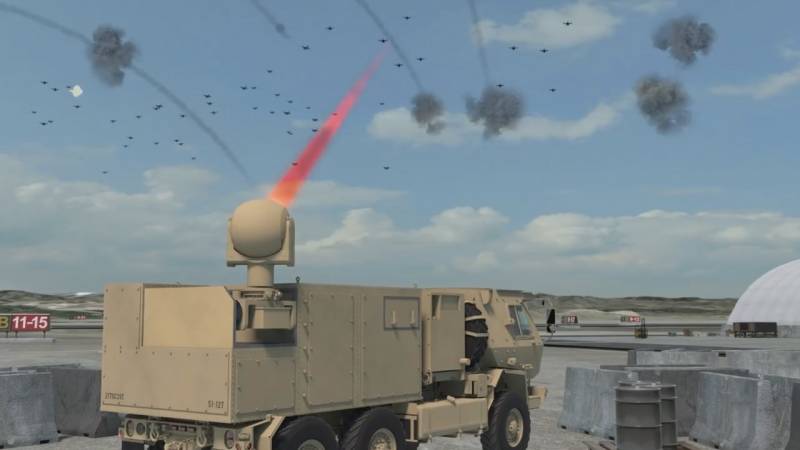
The concept of combat laser air defense from Raytheon
The use of a more powerful emitter allows damage not only to the optics of the drone, but also to its structural elements. Such capabilities of lasers have been repeatedly demonstrated by various samples. A beam with a power of several kilowatts, directed at one point, can burn through a plastic or metal part, as well as damage the internal units of the target. For example, a defeat of the electronics will deprive the UAV of control, and the fuel tank or battery may catch fire, and the target will be destroyed right in the air.
As the experience of well-known projects shows, when creating a combat laser to combat UAVs, it is necessary to solve several basic design problems. First of all, the laser itself is required, which has an optimal ratio of dimensions, weight and developed power. The key element of the complex is a power supply system with sufficient characteristics.
The complex needs means of detecting and tracking air targets that correspond to the intended tasks. It must also have a fast and efficient control and guidance system. Computing tools and guidance drives must ensure that the beam hits the target, as well as its retention for some time to suppress / defeat.
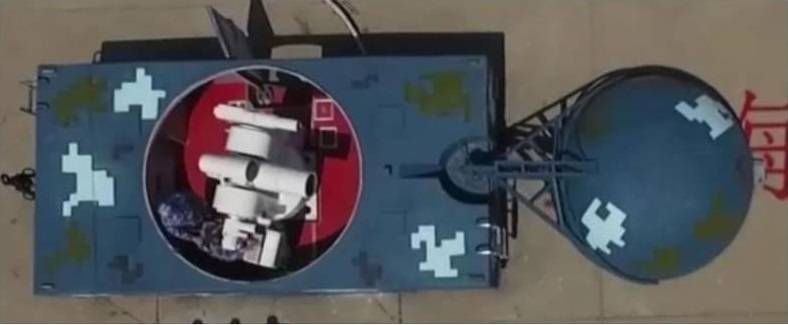
An experienced Chinese-designed combat laser. Photo CCTV7
Most modern air defense lasers, due to objective limitations, are built on the basis of self-propelled platforms. Serial cars of different classes are used, incl. trucks. Experiments are also underway to integrate such lasers into military air defense systems. The resulting samples have high performance and are able to solve all the intended tasks.
By reducing the power to a reasonable limit and reducing the range, the combat laser can be made in the "gun" form factor. In this case, the duties of detection, guidance and fire control are assigned to the operator. Similar samples already exist and are even in service.
Domestic development
Domestic scientific and design organizations have long been engaged in the subject of combat lasers. Promising samples of this kind are being developed; they pass tests and even take up duty. There are at least two full-fledged combat lasers suitable for use in the army. At the same time, one of them is designed specifically to combat UAVs.
Back in 2018, for the first time, a full-size mobile complex was presented, later called Peresvet. According to the most popular version, it is designed to suppress the optics of reconnaissance spacecraft of a potential enemy. However, he, apparently, can work on air targets. At the same time, a shorter range to the target will ensure both the suppression of optics and the defeat of the structure.
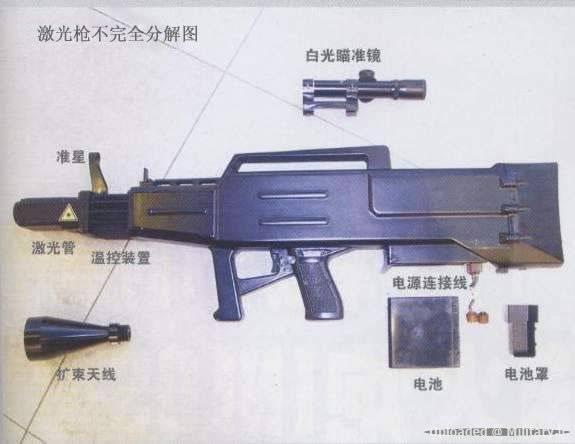
Portable laser ZM-87 of Chinese design. Photo vpk-news.ru
In 2022, rumors repeatedly appeared about the use of the Peresvet complex as part of the Special Operation. Such reports have not received official confirmation. In addition, some of them looked too bold to describe the real capabilities of Peresvet.
In 2017, the Ministry of Defense launched development work with the Zadira-16 code, the purpose of which was to create another combat laser. In May 2022, it was announced that this project had reached the production and testing of a prototype. Moreover, shortly before this, the first copies of the new complex were tested in the zone of the Special Operation.
The technical features and characteristics of the Zadira product have not yet been disclosed. It is known that it is intended for use in short-range air defense, and its main purpose is UAVs of various types. During the tests, the complex successfully accompanied such objects and directed a laser beam at them. At a distance of 5 km, the design of the drone burned out in 5 seconds. Probably, the "blinding" of the optics is produced at a much greater range and/or in less time.
Last year, it was noted that the Zadira project is still at the testing stage. It is tested and finalized taking into account the checks carried out. Probably, after the necessary refinement, such a complex will be able to be adopted. In addition, further development of this sample is possible in order to improve the basic combat characteristics.

A Chinese warship uses a laser against a violator of sea lines. NBC photo
The laser complex "Peresvet" consists of several tractors with trailers filled with special equipment. How the “Zadira” was built has not yet been reported. This is probably a more compact system that does not need multiple chassis. So far, nothing is known about the development of light portable air defense combat lasers. Such projects may already exist, but it is too early to talk about them.
laser future
In recent years, leading countries have paid special attention to the development of weapons "based on new physical principles", including laser systems. Various complexes of this kind are being developed and put out for testing, differing in purpose, execution, performance characteristics, etc. A few years ago it became known that Russian science and industry are not only dealing with this topic, but are also ready to show ready-made samples.
One of the main areas of application of combat lasers is now considered to be the fight against UAVs. Such aerial targets and the specifics of their destruction are best suited to the capabilities of lasers. The Russian army and military-industrial complex seem to share this opinion - and develop corresponding concepts. And the first results of this process have already been tested by practice.
Information